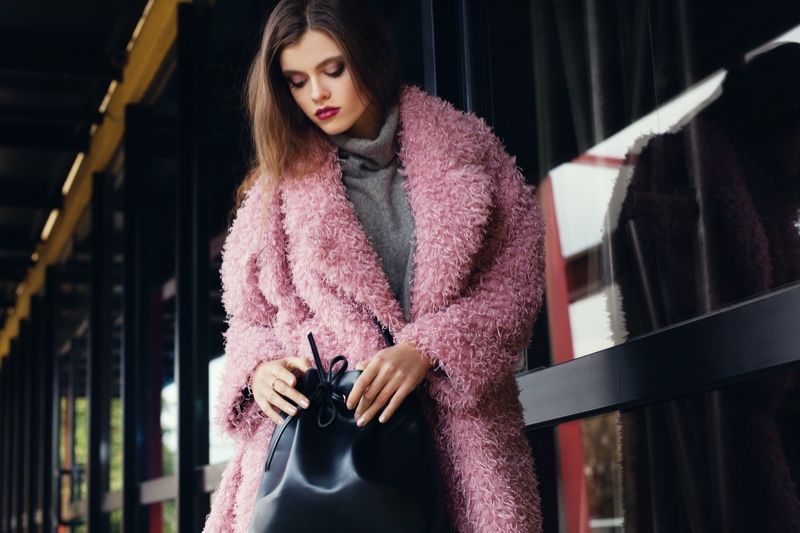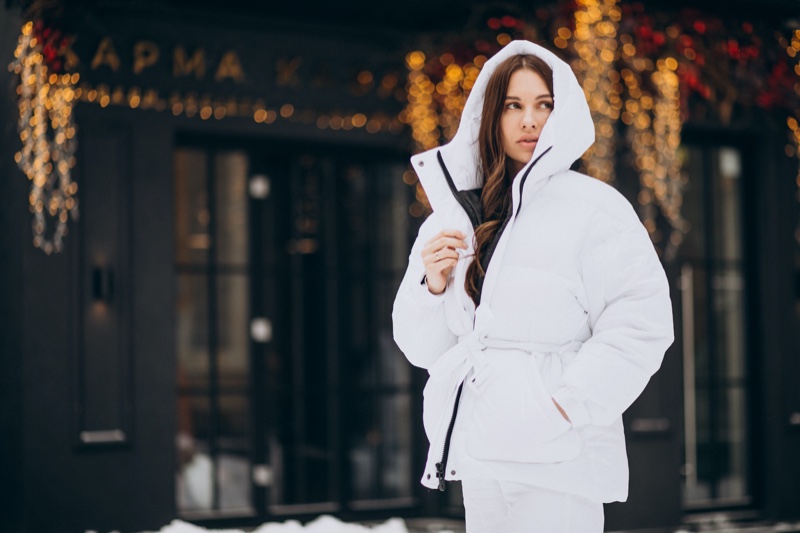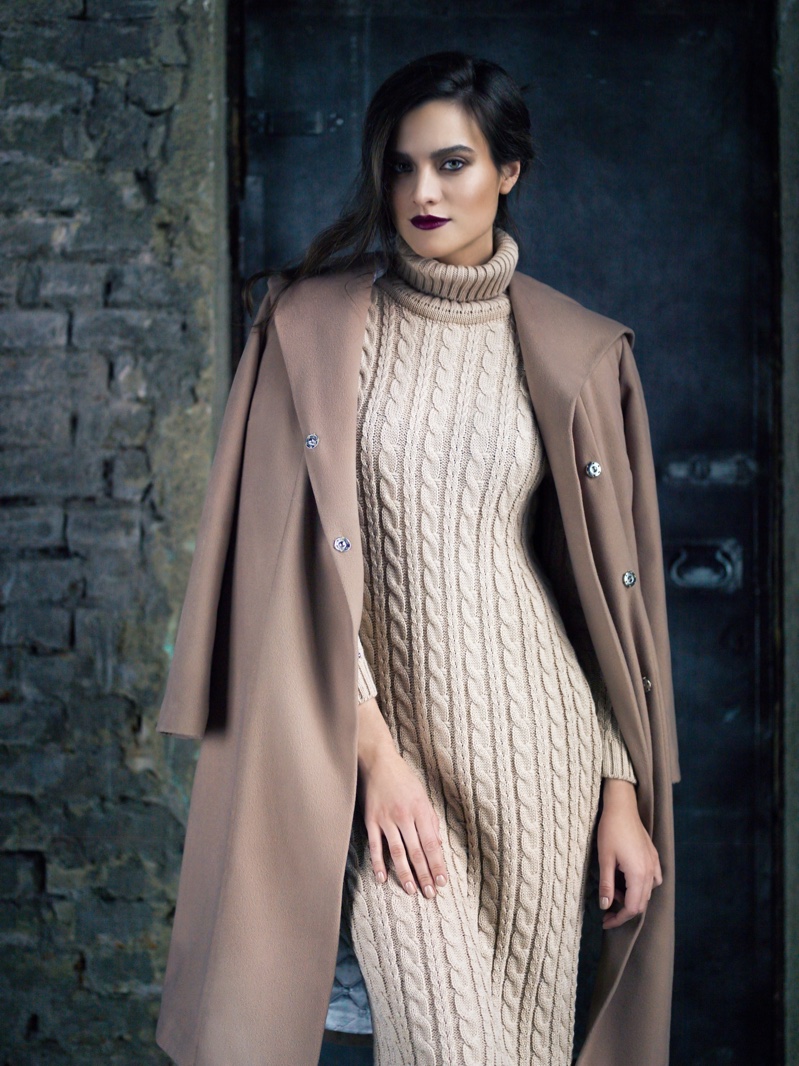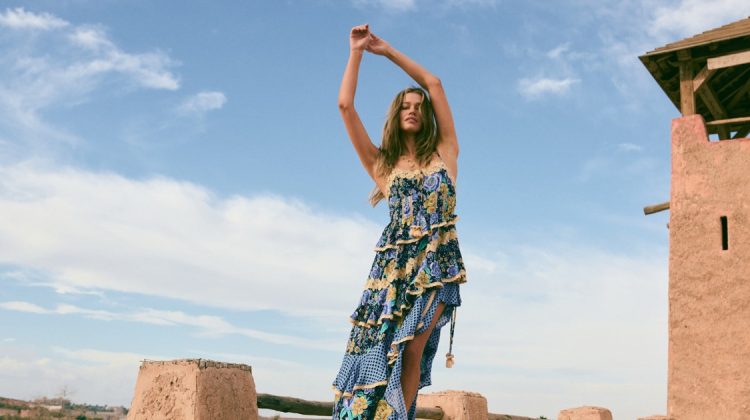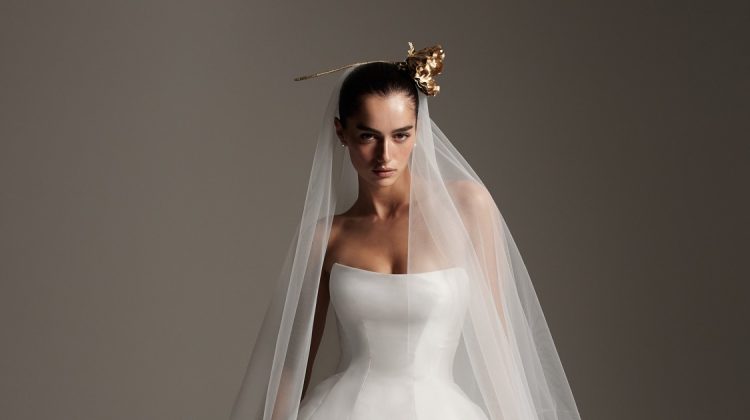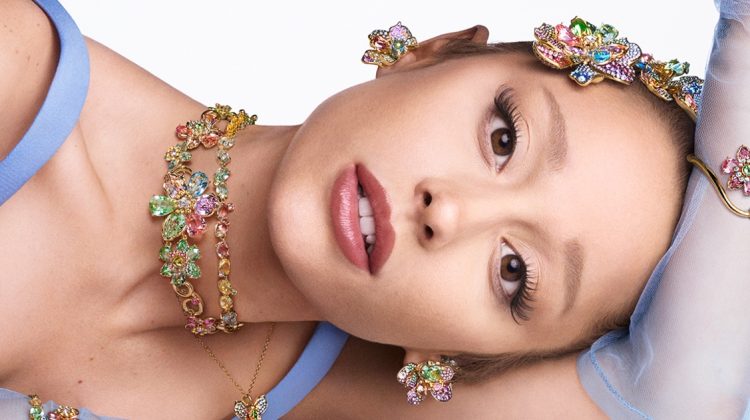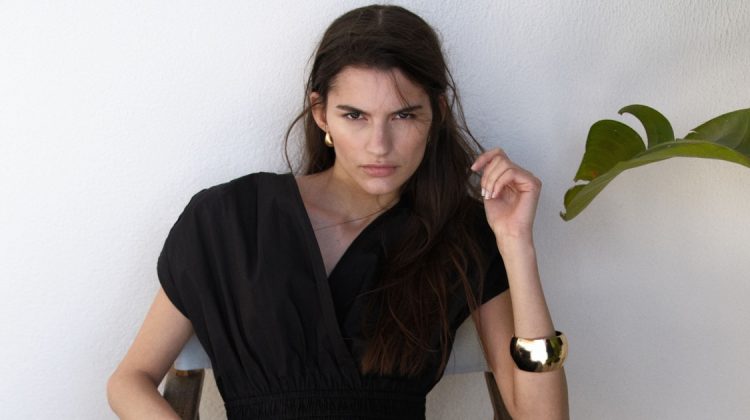Fall and winter are the perfect times to wrap yourself up in beautiful layers. Take a look at our guide to staying warm and stylish as the temperature drops.
Chic Cold Weather Outfit Ideas Start With Layers
Dressing in layers is the key to staying warm in winter. You’ll want a slim-line inner layer, a closely woven mid-layer, a removable, thickly textured insulator, and a durable, water-resistant outer shell. Make sure to add cozy footwear and accessories like a hat, gloves, and scarf. Want to add a little shimmer and shine to your look for an extra-special touch? Even when it’s cold outside, luxury watches and jewelry can complete your outfit.
Inner or Base Layer
The inner layers should be thin, soft, warm, and breathable. Think of slips, socks, stockings, tights, and thermal underwear as the foundation of your wardrobe. Dressy and tailored clothing usually follows the shape of the body, and you don’t want the layer next to your skin to add bulk. Silk and merino wool knit thermal underwear can sometimes be lightweight enough to wear under trousers or long skirts and dresses. Otherwise, you can choose to wear good-quality opaque tights in a wool or cashmere blend.
Mid Layer
The mid layer of your winter wardrobe consists of the suit, dress, knitwear, or separates you wear indoors. Closely woven natural fibers will do an excellent job of retaining heat while maintaining a fitted silhouette. A long-sleeved sweater made of wool, alpaca, or cashmere with ribbed trim or buttons at the wrist will look beautiful. You can complete the look with wool flannel or gabardine trousers. The same fibers are fabulous for sweater dresses, which look great with suede boots.
Insulating Layer
A textured sweater, softly draped wrap, cabled cardigan, or shearling vest can serve as a supplementary insulating layer that can prevent heat from escaping. Choose fabrics that still breathe to keep from getting overheated. Natural fibers, especially mohair and cashmere, can look opulent while remaining comfortable.
Outer Layer
Outer layers should be tailored, water-repellant, and durable. A long coat or cloak will shield your entire body from the elements while creating an elegant, uninterrupted line. Tweed, boucle, and napped or felted coating should be tightly woven. If you live in a climate with winter precipitation, look for weatherproofed garments to resist water and wind.
Footwear
A smooth or suede-finished boot with fur or shearling lining will be cozy in an ankle, calf, knee, or over-the-knee height. Soft dress socks in wool, cashmere, or alpaca keep your feet dry.
Accessories
Your hat, scarf, earmuffs, and gloves are essential to keeping you warm, and they provide finishing touches to your look. Felted wool hats look lovely when worn with a coordinating scarf in wool, cashmere, or alpaca. Cleverly knitted hats can look dressy, especially if they are bejeweled or embellished. Earmuffs made of shearling, fur or fleece-lined faux fur can provide critical protection against frostbite. Cashmere or fur-lined leather gloves offer graceful and practical protection for your hands.
Chic Fabrics
Luxurious fabrics in seasonally appropriate fibers, weights, weaves, and textures are indispensable to creating a dressed-up cold-weather outfit. High-quality natural fibers and technologically advanced synthetics will keep you warm, dry, and comfortable.
Very fine silk or merino wool leggings, camisoles, and sleeveless, short-sleeved, or long-sleeved tops can be paired with sweaters and pleated trousers. Wool, cashmere, alpaca, and mohair are perfect for secondary, insulating, and outer layers, depending on their thickness, texture, and weave. When used judiciously, shearling, goose down, high-quality polyester, and microfleece can also be used to line tailored coats without adding bulk. Corduroy, velvet, and tweed can also look elegant when incorporated into a tailored look.
What About Cotton?
You might include a cotton button-down shirt as part of your overall look, but this moisture-retaining fabric is generally better for warmer seasons. Corduroy is an exception. When properly layered, this soft fabric will help keep you warm, but it can get soaked and clammy in cold, wet weather.
Think of Your Total Look
To look put together, choose pieces that complement each other. Select a skirt, coat, hat, or pair of boots that will anchor your look, then plan a coordinating outfit. This strategy will keep you from piling on too many bulky pieces that clash aesthetically and make you feel uncomfortable and overheated.
Fleece-lined tights might not work well with pants or a pencil skirt, but they could pair well with a skirt or sweater dress. Flowy and slip dresses can be layered over silk or merino wool base layers for a bohemian look. Belts can enhance the look of sweaters, cardigans, and wraps. Tailored outerwear looks great with luxurious clothing.
If you choose your layers carefully, your look will be polished. Dressed-up looks are refined. Beautiful jewelry, like a gold or platinum bracelet, necklace, or watch, is excellent for keeping your look on point. A Cartier watch or women’s Rolex watch worn at the edge of your cuff will look incredibly chic.
Consider Your Environment
When you’re getting dressed, consider how much time you will be spending indoors and outdoors. How long will you be exposed to the elements? Is it day or night? Will you walk a considerable distance or stand outside for long periods, or will you go from place to place in a warm car or taxi? Think about how your environment could change once you are indoors and what kinds of clothing will feel most comfortable.
Regulate Your Temperature
If you dress mindfully, you can add or remove extra layers of clothing whenever you feel uncomfortable. Shivering is a sign that it’s time to warm up. Adding layers can help, but it’s best to go to a heated area. If you are overheating and your layers are thin, you can remove them and put them in your bag or a closet.
Take Your Cold-Weather Wardrobe to the Next Level
Knowing how to choose and layer your clothing makes it easy to look dressed up, even when the weather gets cold. You’re guaranteed to look smart with careful tailoring, luxurious materials, and the right accessories and jewelry. With a little effort, you’re sure to create a wardrobe full of perfect outfits for the fall and winter.
